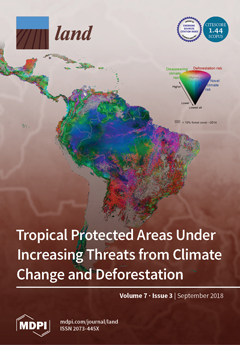Resource information
This article aims to outline new data on the urbanization of Populonia starting from its foundation, with particular reference to the results of archaeological surveys carried out by the University of Siena since the 1980s. The landscape archaeology approach has allowed us to reconstruct the Etruscan city’s organization of settlements as well as its management of resources. In addition, this investigative tool has proven the most effective method to detect both places of economic or ideological centrality and specific liminal landscapes in the territory of Populonia. The urban development of the Etruscan city represents an anomalous case for several reasons that are mainly dependent on its shape, which required unconventional choices in the organization and management of its territory and natural resources. Our research leads us to suggest that the Etruscan city’s acropolis seems to have played the role of central place starting right from the establishment of the city. Within some of the new acquisitions coming from my PhD research we have to consider the feature of the hilltop fortresses system and the detection of a “liminal landscape” in the northeastern stretch of the territory between Populonia and Volterra. This particular part of the landscape had been a sacred district with a strong peripheral character and possibly close connections to the central place thanks to the significant availability of natural resources.


